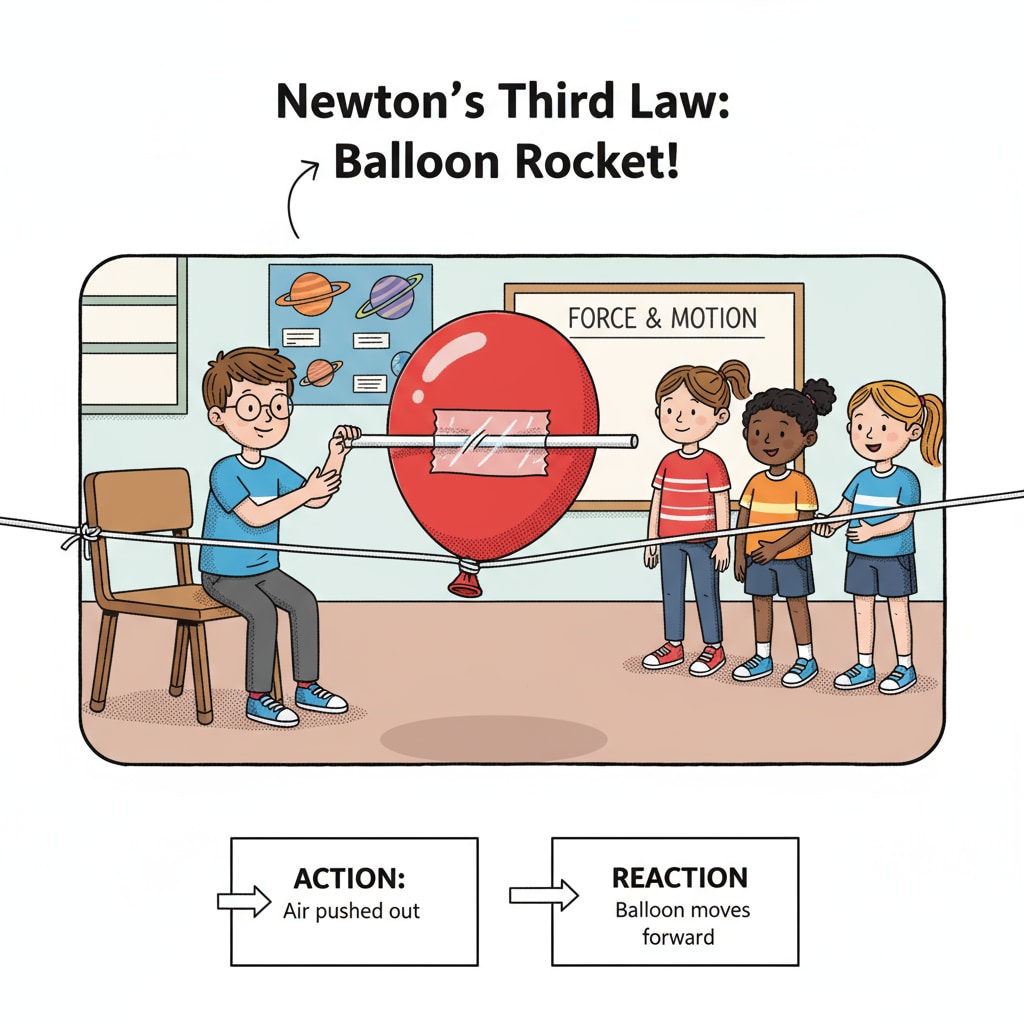Science exhibition projects for primary school students are a wonderful way to introduce young minds to the exciting world of science. Simple experiments can be the key to unlocking their curiosity and love for learning. For teachers and parents of students in grades 1 – 4, here is a comprehensive guide to make this journey both fun and educational.

Importance of Simple Science Experiments for Youngsters
Simple science experiments play a crucial role in a child’s development. They help in cultivating scientific thinking from an early age. According to Britannica, hands-on experiments allow children to observe, question, and find answers on their own. This not only enhances their understanding of scientific concepts but also boosts their problem-solving skills. For example, when a child conducts a simple experiment like making a paper airplane and observing how different designs affect its flight, they are learning about aerodynamics in a practical way.
Four Engaging Experiments with Everyday Items
These experiments are easy to set up and require only common household items. They will surely capture your child’s attention.
- Rainbow Milk Experiment: Pour some milk into a shallow dish. Add a few drops of different colored food coloring. Then, dip a cotton swab in dish soap and touch it to the food coloring. Watch as the colors spread and create a beautiful rainbow effect. This experiment demonstrates the concept of surface tension and how soap affects it.
- Balloon Rocket Experiment: Tape a straw to a balloon. Thread a string through the straw and tie the string between two points. Blow up the balloon and let it go. Observe how the air escaping from the balloon propels it forward, teaching the principle of Newton’s third law of motion.
- Homemade Lava Lamp Experiment: Fill a clear plastic bottle about one-fourth full with water. Add a few drops of food coloring. Then, pour vegetable oil into the bottle until it’s almost full. Drop in an Alka-Seltzer tablet. The tablet will react with the water, creating bubbles that rise and fall, mimicking a lava lamp. This shows the density differences between oil and water and the chemical reaction of the tablet.
- Magnetic Slime Experiment: Mix some glue, water, and iron filings in a bowl. Stir well. Then, add a few drops of liquid starch. Knead the mixture until it forms a slime. Bring a magnet close to the slime, and watch as it moves towards the magnet, introducing the concept of magnetism.

Guiding Your Child Through the Projects
As a teacher or parent, your role is vital in helping the child complete these projects. First, explain the purpose of the experiment in simple terms. Let them ask questions and encourage them to make predictions. During the experiment, assist them in handling the materials safely. After the experiment, help them analyze the results. For instance, if they did the balloon rocket experiment, ask them why the balloon moved and what would happen if they changed certain factors like the size of the balloon or the length of the string.
Evaluation Criteria for the Projects
When evaluating the students’ science projects, consider several aspects. Look at their understanding of the scientific concept behind the experiment. Observe their ability to follow the procedure correctly. Also, assess their creativity in presenting the results. A child who can explain the experiment clearly and show some unique thinking in their presentation should be commended. This way, you can encourage them to keep exploring science.
Readability guidance: By using short paragraphs and lists, we have made it easier to understand the key points. Each H2 section provides a list of important aspects. We have also controlled the use of passive语态 and long sentences. Transition words like “for example”, “then”, and “also” have been used throughout to make the flow smooth.


